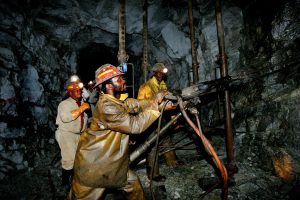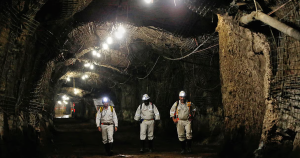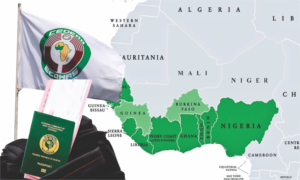South Africa’s Gold Comeback, is a New Match Beginning Underground

The whistle is about to blow on a fresh chapter in South Africa’s long and storied mining history. After 15 years without a new underground gold mine, the country once hailed as the undisputed world champion of gold production is preparing to step back onto the field. The Qala Shallows project, just outside Johannesburg, is not merely an industrial venture, it is a symbolic comeback, a reminder that even a fading giant can lace up its boots and re-enter the contest.

Led by West Wits Mining Ltd., the Qala Shallows project is a $90 million investment designed to produce 70,000 ounces of gold per year. For South Africa, this is not just about numbers. It is about reputation. In the 1970s, this nation was the ‘Lionel Messi’ of the gold game in dazzling and unmatched pace, setting records year after year. But in recent decades, rising costs, labor unrest, and aging infrastructure dragged the team down the league table. Today, the likes of China, Australia, and Russia dominate global gold rankings, while South Africa has been left watching from the sidelines.
Qala Shallows is an attempt to change the scoreboard. Fans standing by, families and communities in earnest expectation.
For mining families, this project is more than a statistic. In Carletonville and other gold belt towns near Johannesburg, entire generations grew up with mining as their family trade. Fathers disappeared underground for long shifts; mothers stretched wages to cover school fees; children knew both the pride and the pain of being a “mining family.”
Now, as the new mine opens, younger workers who once thought their careers would have to shift to construction or informal jobs are dusting off their boots. For them, Qala Shallows is a chance to carry on the family tradition while putting food on the table. But families also carry scars. Silicosis, collapsed shafts, and violent strikes are part of their memory. The question remains: can this new mine play the game differently, with safer conditions and more equitable sharing of the winnings?

The cultural arena of gold and identity, sees Gold not just as a commodity in South Africa, but a culture. Johannesburg itself, “Egoli” in Zulu, means “the City of Gold.” Entire cultural identities, songs, and stories have been shaped around mining. From migrant labor that reshaped rural family life, to hostels that became centers of political resistance, gold has always been more than glitter.
Qala Shallows is re-entering this cultural arena at a moment when young South Africans are questioning the legacy of mining. Many see the mines as symbols of both economic opportunity and exploitation. Can a new project redefine that legacy? Or will it merely extend the cycle of wealth for investors and struggle for workers?
In sports, no match happens without referees, and in mining, government plays that role. The South African state has been under pressure to show it can still attract investment while protecting workers and the environment. The $90 million price tag of Qala Shallows is a political winning evidence that investors still see potential in the country’s underground reserves.
But politics is also the toughest opponent. Communities near mines demand jobs and development. Labor unions demand better wages and safer working conditions. Environmental activists demand accountability. In this high-stakes match, government, company, and community must find a way to play as teammates rather than rivals.
The broader league table tells a sobering story. South Africa’s gold output has been sliding for decades, from more than 1,000 tons a year in the 1970s to less than 100 tons today. The old mines are deep, dangerous, and expensive. Electricity shortages, water challenges, and rising wages add to the pressure. Qala Shallows, while small by historical standards, signals that there is still room to score goals in this league, however, the days of dominance are gone.

If successful, Qala Shallows could inspire other investors to dust off South Africa’s mining prospects. It could create jobs, spark local economies, and restore some of the shine to “the City of Gold.” But if it falters, if costs spiral or communities feel shortchanged, it could deepen disillusionment with an industry already seen as past its prime.
For South Africans, this is more than a mining project; it is a test of whether their country can still turn history into hope. In townships and villages, in boardrooms and parliament, people are watching. Will Qala Shallows be the underdog comeback story that lifts spirits and revives faith in mining? Or will it remind everyone that the glory days are behind them?
Like in any great sporting contest, the crowd is holding its breath. The pitch is ready. The players are in formation. And deep below Johannesburg, the first whistle is about to sound.






